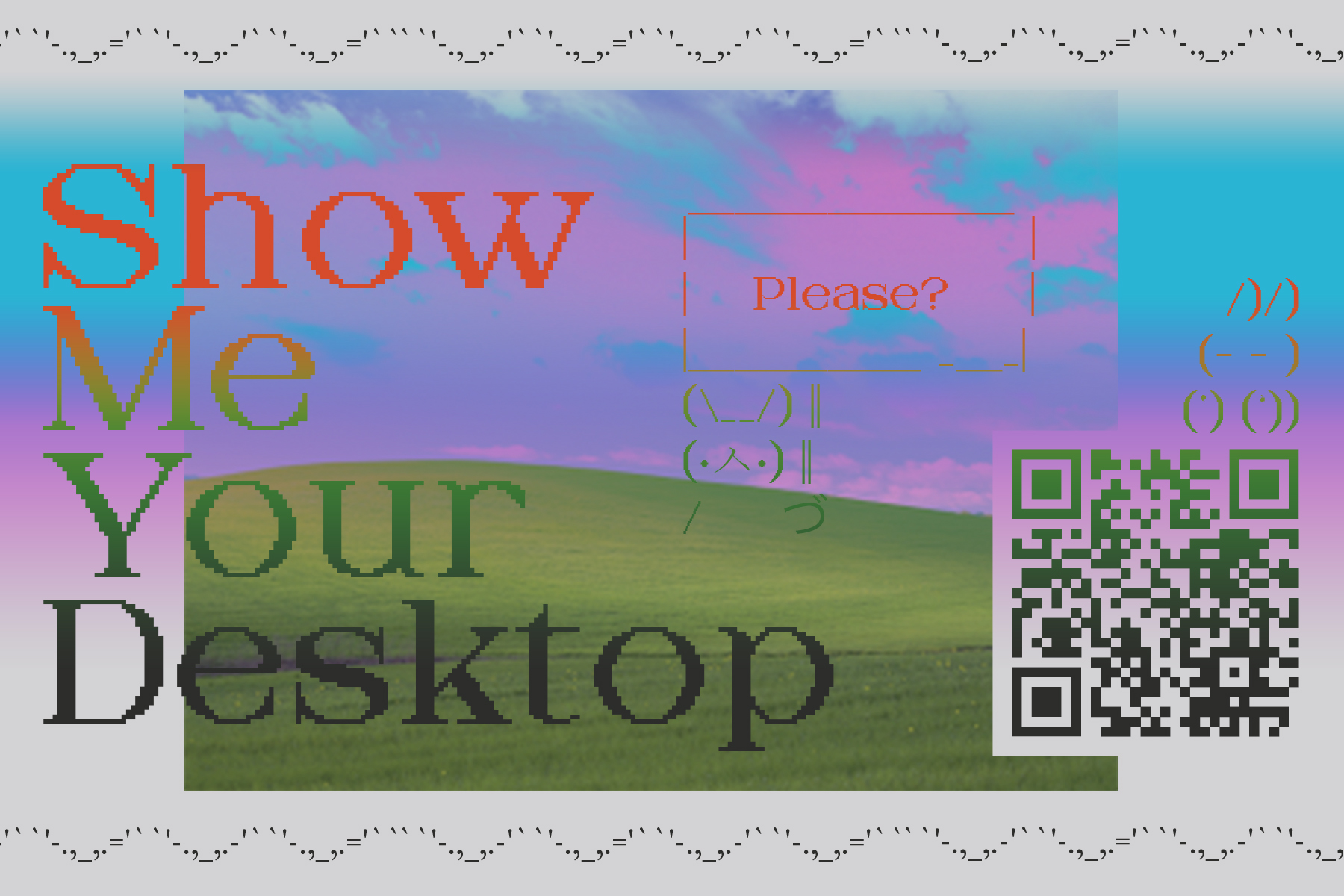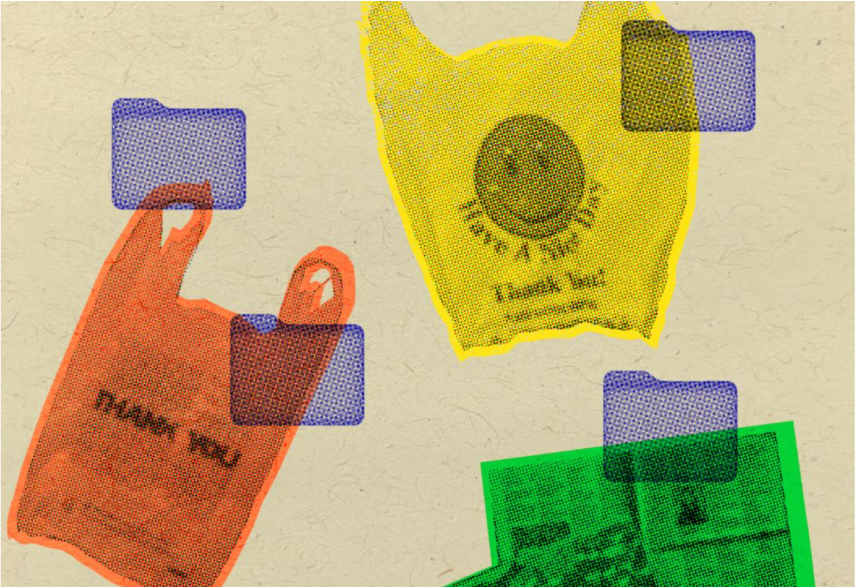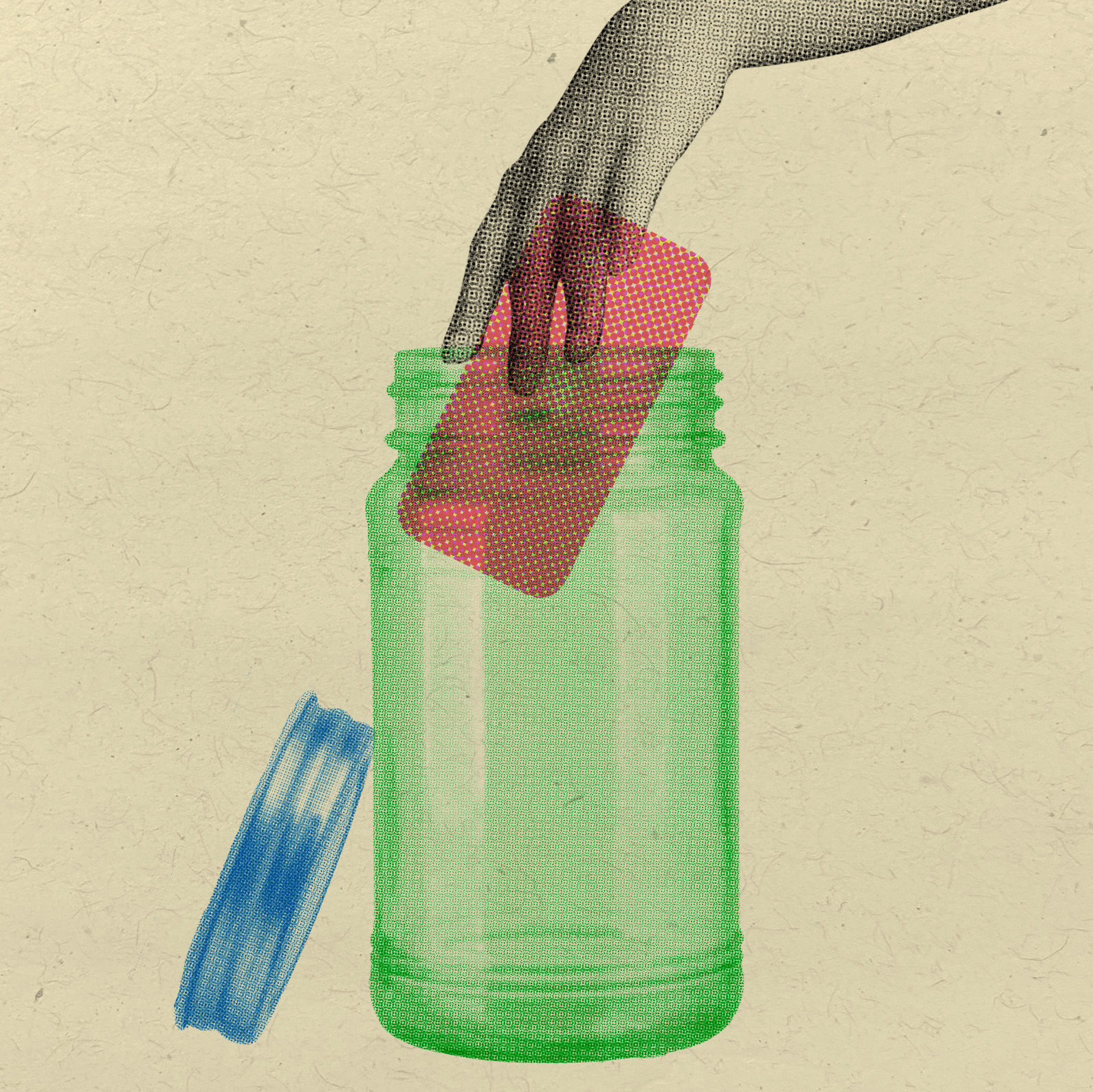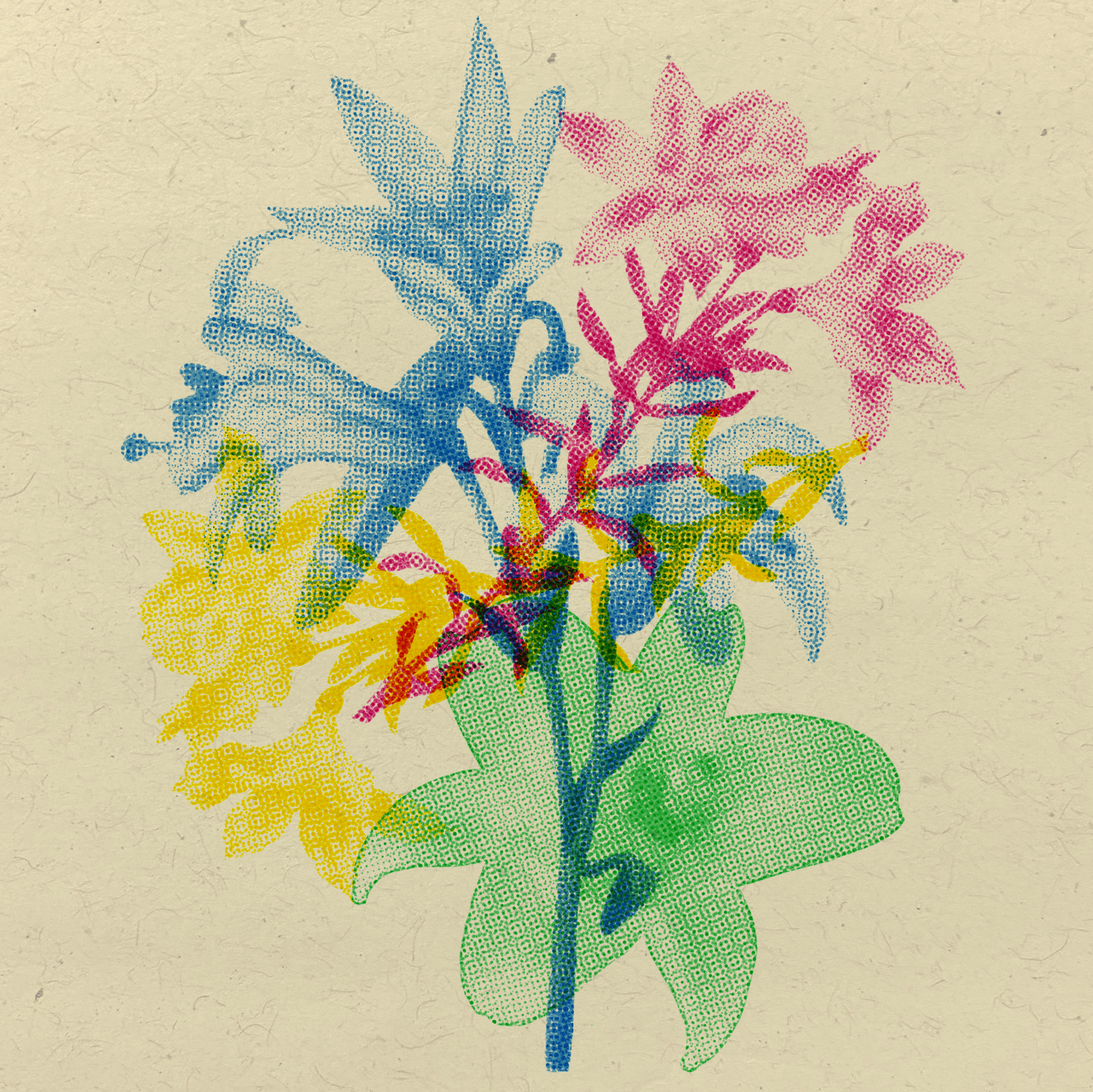I’m a packrat of the internet, a collector of miscellaneous useless objects. There is an uncontrollable urge in me, wanting to download, save, and archive everything. The idea of keeping everything and not getting rid of them is addictive. The impulse of not erasing my digital traces of existence has gone too far but I enjoy every second of it. How did I get here? Once I open a tab, I can't close it. Once I start getting files and data, I want more. The satisfaction of knowing everything is sitting in a space that belongs to me makes me feel safe. I am an archivist of the pixel world, with a key in my hand granting me access to travel through time and space. Standing on the digital detritus I’ve created, I am on the outlook of the next greatest things to possess. Will I ever stop collecting? Maybe. Do I want to start with a clean slate? Perhaps. But there will be no day of ease because deep down my heart, delete and erase does not exist.
The National Health Service defines hoarding disorder as the repeated situation “where someone acquires an excessive number of items and stores them in a chaotic manner, usually resulting in unmanageable amounts of clutter.” Hoarding, long studied in the realm of physical possessions, has followed us into the digital age. In dissecting the intricacies of this behavior, psychologists Randy Frost and Gail Steketee outline three defining characteristics: (1) the reluctance to discard seemingly useless possessions, (2) the resulting in extensive clutter that hinders the intended use of spaces, and (3) the subsequent distress or impairment in functioning. As we navigate the digital landscape, hoarding takes on a new form: The ease of amassing vast troves of digital artifacts presents unique challenges in the virtual realm. The stress and disorganization caused by accumulating excessive digital materials is no less threatening than hoarding in the physical world.Indeed, it is an intricate field with more stakeholders to juggle with.
There are a variety of factors to take into consideration when dissecting what pushes us to ‘save’ an item and how we’re saving it. On the one hand we’re driven by the fear of missing out (FOMO) and the prediction of future need, leaving us in a perpetual cycle of accumulation. On the other, the very infrastructure we interact with daily plays a significant role in shaping our digital behaviors. For example, AT&T launched a service in 1994 called PersonaLink Services and referenced the concept as 'the cloud' in their advertisements. The low cost of electronic storage, coupled with the advent of the "cloud," amplifies this impulse, providing individuals with seemingly limitless storage capabilities. Similarly, metaphors are embedded within digital infrastructures to help people accept them better and quicker. Words like “Cloud”, “Windows”, “Folders”, “Drives”, humanized and sugar coated our digital interfaces, and subtly influence our bond with our virtual space. Is the advancement of technology making our life more organized and private or has it tricked us into believing the false idea that one can be their own architect with almost infinite “storage” and “data” in building virtual spaces but still retain the same autonomy. What does “unlimited plan” really mean? Who granted us the power and who is surveilling the data we’re keeping? Will we ever know if they breached into our private space?
Behind data hoarding lies the ideology of how we should engage with our digital properties, from micro to macro scale, and from one file, email, or photo to the corporates and platforms that hoards our data with or without us knowing. It is crucial to consider where our file goes and how we can erase it. In the era of big data breaches, the amount of leaked information has easily made us forget that those records and traces belong to a person. Questions arise about who has access to the digital footprints we amass. The intricate dance between what we keep and what we discard is not just for us, but for all data brokers. Are we librarians or just junk keepers? What is the standard of “organized” in a limitless/non private space? Organizing the chaos in the digital realm prompts a fundamental question: How can we manage a more sustainable, regulated space to keep our digital legacy?
To shed light on the matter of digital hoarding and archiving, I conducted a survey “Show Me Your Desktop.” with the hope to reveal a glimpse of intimacy through the relationship of individuals and the digital space we nest in. The desktop of our computer serves as the first interface of our interaction in a digital space. It is a tunnel connecting the domestic and the internet, a semi-private space to store fragments of our digitized self-hood. It is laid bare; a mosaic of digital lives emerges, reflecting the spectrum from chaos to meticulous curation. The window can be an office, a playground, or a home. It tells more about ourselves than we know, through languages, labeling and coloring systems, and even the positionality of things. It touches upon the concept of hoarding, organizing and archiving from a personal entry and shows a fractal of ourselves in a digital landscape. Below is a collection of desktops gathered from the survey, and participant’s response towards the answer: A desk top is (a metaphor).
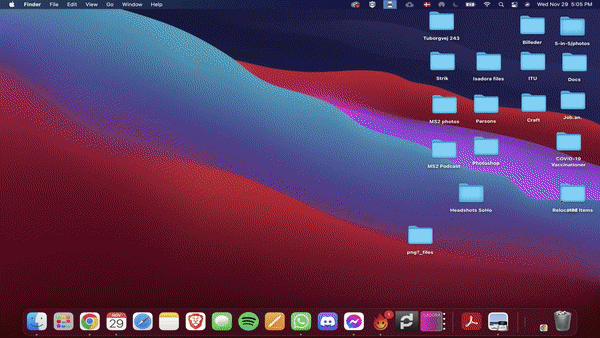

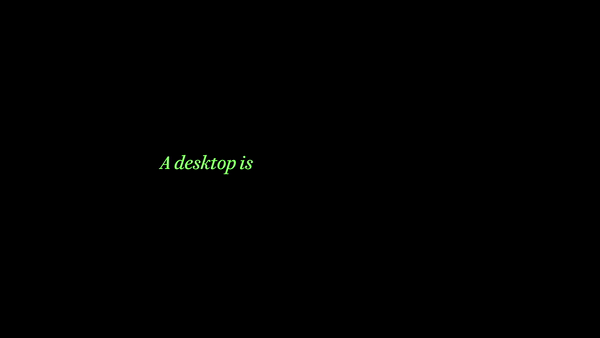

If you made it this far, I’m inviting you to introspect our relationship between our digital property, data infrastructure and the sentimentality attached to the digital artifacts that we cherish by participating to this on-going experiment: https://forms.gle/ERGHbRSSPS6tFcML6.
